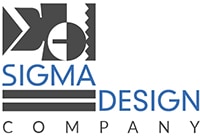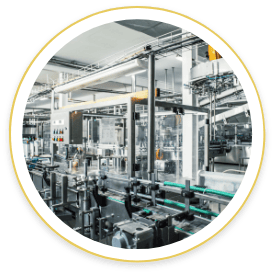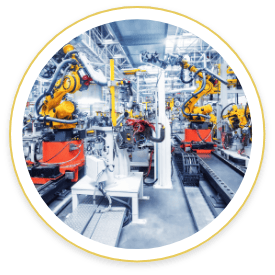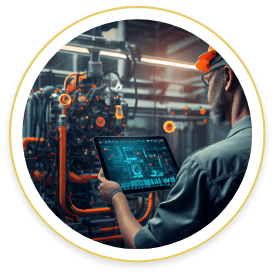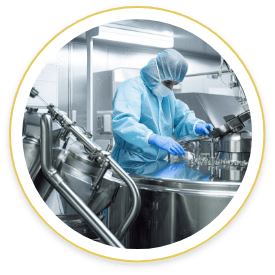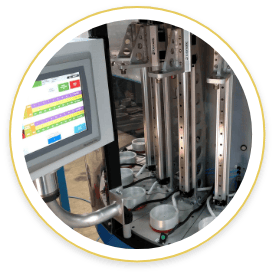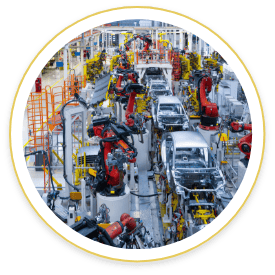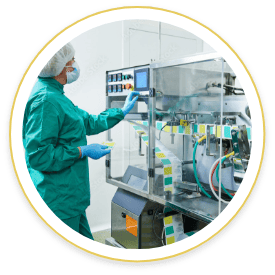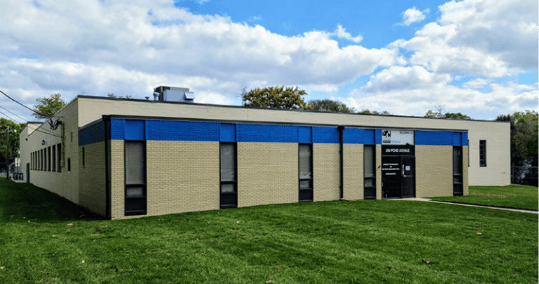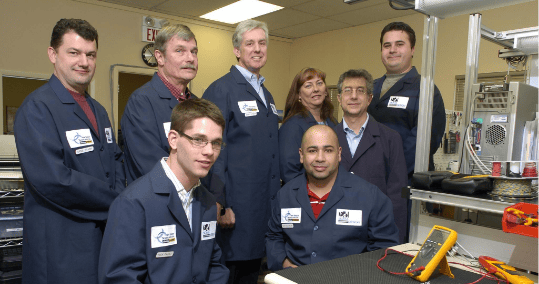Sigma Design is a one-stop shop for product engineering and design services. We specialize in industrial equipment and electronic assemblies through our suite of services – available as a turnkey service or a la carte, depending on your needs. We cover all parts of project management from idea generation down to procurement and shipping.
Our suite of product development services includes:
NEW PRODUCT DEVELOPMENT
COMPLEX MECHANISM & MACHINE DESIGN
STRESS ANALYSIS
FLOW ANALYSIS
HEAT TRANSFER ANALYSIS
GEOMETRIC TOLERANCES
3D MODELING
MACHINE DESIGN & CAD DRAWINGS
PATENT SUPPORT
Our team engineers new solutions and assists with those under development. Our rigorous testing methods and engineering analysis allow us to provide insights into FEA and CFD stress. Additionally, our heat transfer and flow tests help detect counter-intuitive, non-obvious design flaws.
We also create strict test protocols and conduct factory acceptance testing on every electromechanical system we make. Using our wide-ranging manufacturing expertise, Sigma Design can not only manufacture your solution but also analyze the best way to streamline its operation and efficiency.
What is Product Design?
By definition, product design is a multi-step process, involving the imagining, creation, and iteration of a product or service. A successful product design will relieve a specific pain point for the customer or address a market’s needs.
The specific steps of the product design process can vary widely from project to project. Ultimately, product design is about combining the needs of customers while achieving long-term business goals.
What is a Product Designer?
Designers of custom industrial products first learn everything they can about the customer’s goals. They seek to solve the client’s specific problem in the most effective and cost-efficient way possible. Product designers work with engineers to determine all necessary components the product will require throughout the production process.
What Is Product Development?
Most custom industrial products involve creating a completely new product. Sometimes referred to as product management, product development involves a series of steps:
From a business perspective, the goal of product development is to maintain or increase the company’s market share by fulfilling the demands of customers. From the consumer’s perspective, successful product development delivers a valuable good or service. With custom industrial product development, it’s crucial to address the exact concerns of customers.
Common Applications of Product Development
At Sigma, we specialize in industrial equipment, machinery, and electromechanical assembly. Some of our common applications include:
Product Design and Development Services From Sigma Design
As a leading product development company, Sigma Design has over 20 years of experience designing, engineering, and manufacturing innovative products all from our facility in New Jersey. We have earned the trust of numerous globally recognized brands in various industries, including agri-technology, green energy, medical devices, culinary appliances, and industrial water and filtration systems. In total, we have delivered over 1,000 successful new product designs and systems.
As your one-stop shop when it comes to product design and development, contact us to get started today.
Did You Know?
Over 50% of most new product development projects fail. Sigma’s experienced team uses advanced engineering, simulation and rapid prototyping to successfully reduce risks and costs associated with failures.
